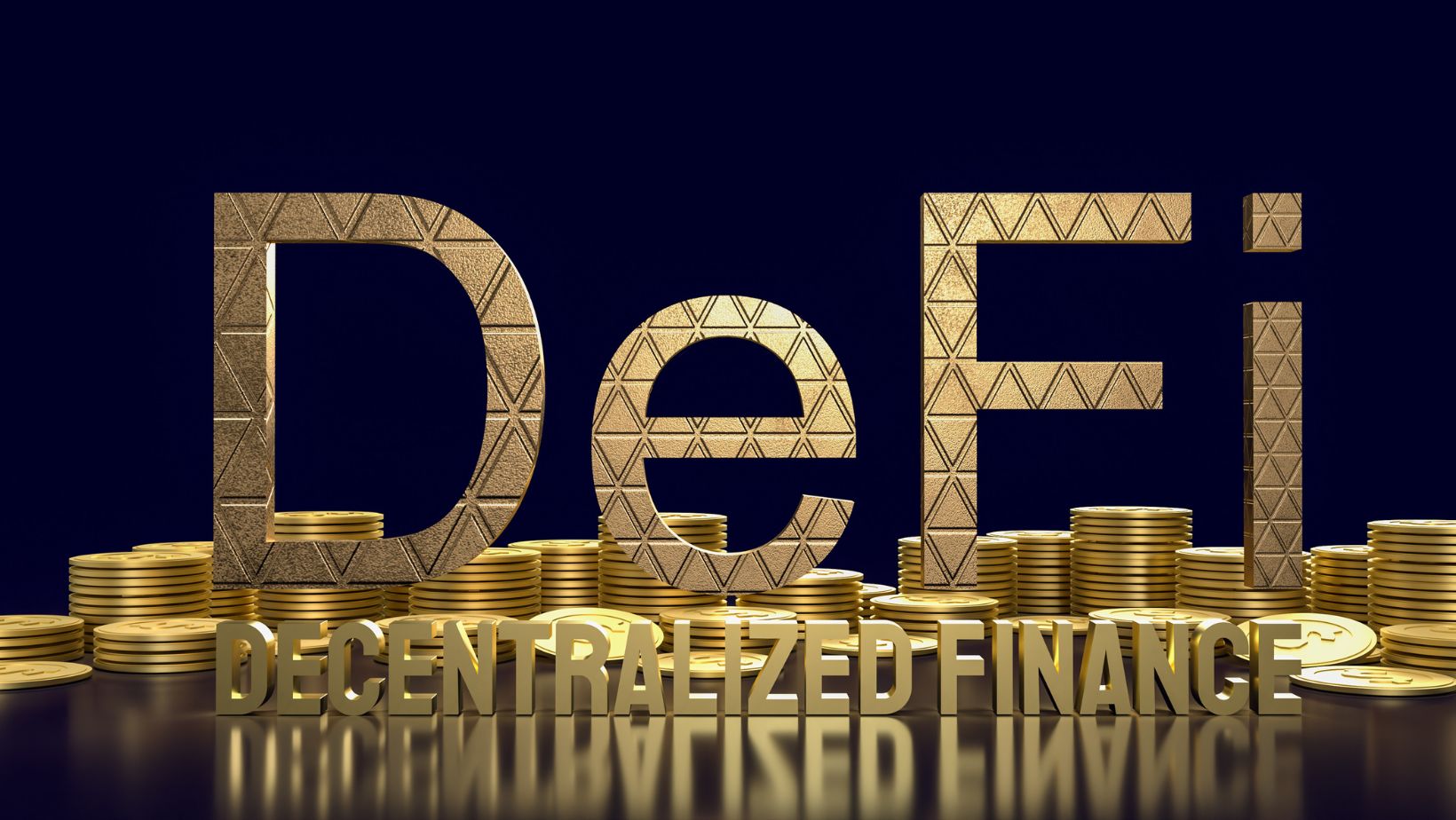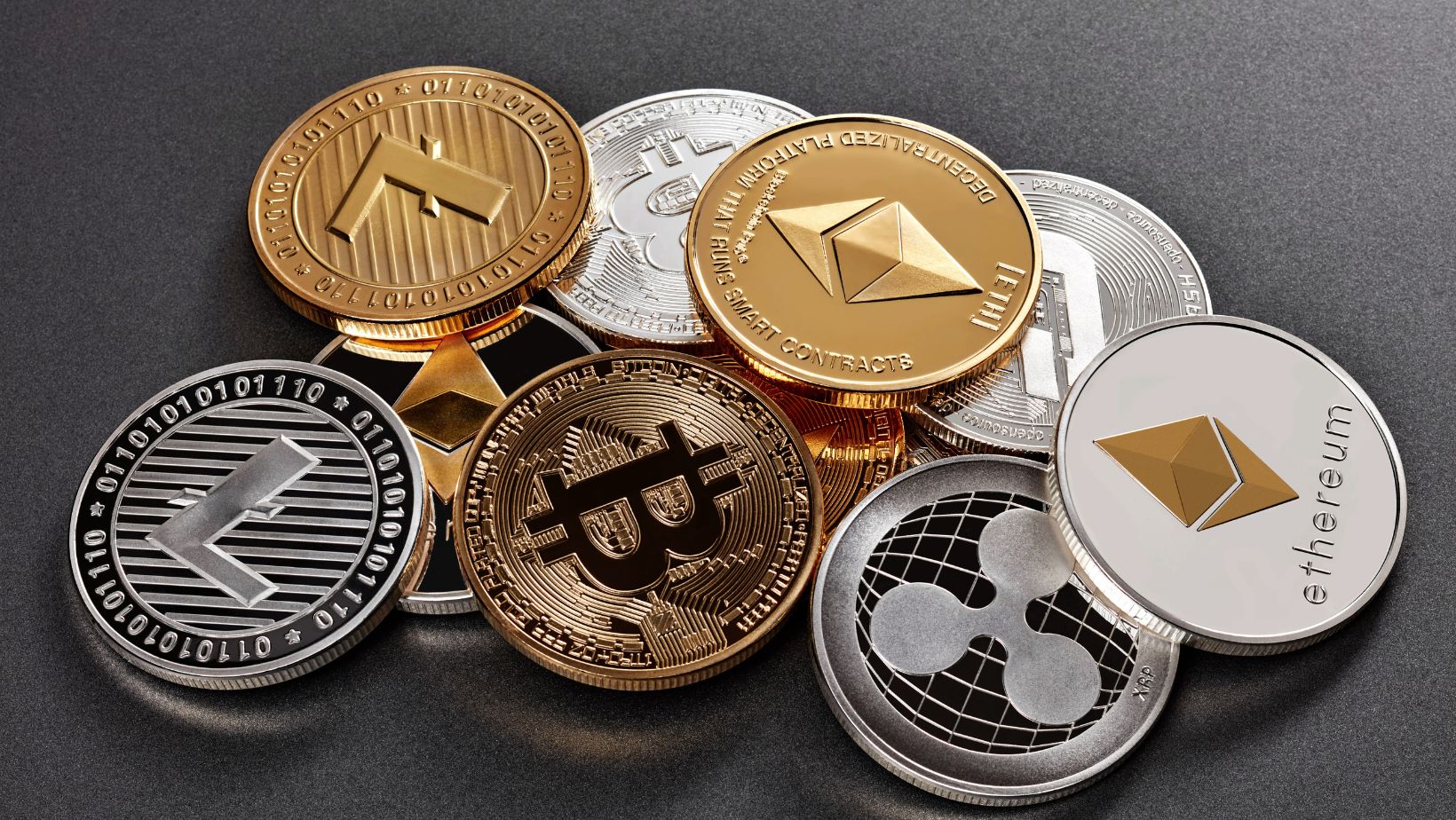Due to its high-speed transactions, low fees, and powerful decentralized finance (DeFi) ecosystem, Solana has risen to become one of the biggest blockchain networks in the cryptocurrency space. Solana has utilized its blockchain technology to provide a way to create decentralized, trustless financial services that are disrupting old financial systems as DeFi continues to revolutionize traditional financial systems.
The relationship between Solana’s DeFi ecosystem and its price growth is symbiotic: More DeFi projects are building on Solana as its demand for its native token, SOL, continues to grow and its market value increases. The Solana crypto price has been growing with the growing adoption of its DeFi ecosystem. Solana’s price is updated in real-time on Binance and it displays the live performance of the market and trends of Solana’s price.
Solana’s Unique DeFi Position
Decentralized finance (DeFi) provides a set of options for services in lending, borrowing, trading, and yield farming, all without the use of intermediaries such as banks. This sector has grown by leaps and bounds in recent years, and Solana’s infrastructure is just the right blockchain on which to build a DeFi project, as it has a few unique advantages and the technology it possesses.
High Transaction Speed: That is why Solana’s Proof of History (PoH) consensus algorithm supports up to 65,000 transactions per second (TPS), placing it at the top of the fastest blockchain list. It is important for DeFi applications because timely transactions are mandatory for success. Another benefit is that Solana can process large-scale DeFi platforms without the load or delays of congestion.
Low Fees: This is unlike Ethereum, where high gas fees are and have been a persistent issue, but it costs less than a cent per transaction on Solana. Because of this, DeFi projects find it much more attractive as users can interact with protocols, execute trades, or even take part in liquid Pools without draining profit to astronomical fees.

Scalability: As such, Solana encourages decentralization with a focus on scaling. Maintaining high throughput on the network is crucial to support the large volumes of transactions produced by the DeFi applications that are joining the ecosystem, and the network can do this even as more users and applications join.
These same factors have propelled the digital currency to a powerful position of strength in the DeFi space, where it could compete against established blockchain networks such as Ethereum but at a much lower cost and greater efficiency to its developers and users.
How Defi Has Already Affected Solana’s Price Growth
Solana’s DeFi ecosystem has grown dramatically and has directly and powerfully impacted the Solana crypto price. With more DeFi projects being launched on Solana, SOL demand grows, sending its price up. Here’s how Solana’s DeFi ecosystem contributes to its price growth:
Increased Demand for SOL Tokens: To process any transaction within Solana’s DeFi ecosystem, SOL has to be paid as a network fee. The demand for SOL tokens increases as more users interact with Solana-based DeFi protocols be it A DEX, borrowing or providing liquidity. Just like every coin that rides the DeFi wave, SOL is facing upward pressure on the price, especially with the increase in the number of active DeFi projects on Solana.
Liquidity and Staking Opportunities: While staking, liquidity provision, and yield farming opportunities on many DeFi protocols on Solana require users to lock up their SOL tokens, there are many cryptocurrencies that allow you to leverage your SOL position to increase your yield. Doing this lowers the SOL available on the market, and as circulation drops, the price may rise as constant demand or demand grows. As Tokens are locked in DeFi Platforms, Tokens on hand are not available for sale on crypto exchanges, therefore restricting the supply and increasing the price of such Tokens.
Attracting Institutional Investors: Institutional investors have been taking notice of the success of Solana’s DeFi ecosystem. Venture capital firms and institutional players joining the bandwagon of large-scale adoption of Solana-based DeFi projects have seen the long-term potential of the network. These investors then purchase huge volumes of SOL to gain exposure to the ecosystem, thereby driving the price even higher.
Cross-Chain Integrations and Interoperability: Second, increasing interoperability with other blockchains, such as through cross-chain bridges that allow assets to move between networks, has helped Solana. However, as DeFi grows on different blockchains, it interacts more with ecosystems like Ethereum and Binance Smart Chain. Solana can bring more use cases for SOL, and this increases its value proposition, which causes price increases.
Key DeFi Projects on Solana
Several key DeFi projects have been instrumental in boosting Solana’s ecosystem and, by extension, its market value:

Serum: Serum is the flagship DeFi project of the Solana network and is a decentralized exchange (DEX) with low fees and fast trading. By being order book-based, it can handle fast and efficient trading, attracting retail traders, as well as institutional investors. Solana’s capabilities have brought attention to Solana, which has drawn increased demand for SOL tokens.
Raydium: One big DeFi player in Solana’s world is Raydium, a decentralized automated market maker (AMM) that supplies liquidity to the Serum DEX. To earn rewards, you have to provide liquidity, stake tokens or do yield farming, which all come with the requirement to use SOL. The addition of Raydium to the ecosystem has been popular, drawing in more users and further increasing demand for Solana.
Saber: Saber is a Solana cross-chain stablecoin exchange and liquidity network. As an important part of the Solana DeFi infrastructure, it has proven to facilitate stablecoin trading with minimal slippage. This has led to more demand for Saber’s use of SOL for staking and liquidity provision.
Solana’s DeFi Ecosystem’s Future and Price Impact
With Solana’s DeFi ecosystem continuing to expand, the Solana crypto price will most likely become more influenced. With new DeFi projects, increased interoperability, and growing user adoption, demand for SOL will be higher, and prices will go up. Furthermore, the ongoing development of Solana infrastructure, including new upgrades and optimizations, will keep the network competitive in the ever-changing world of decentralized finance.























